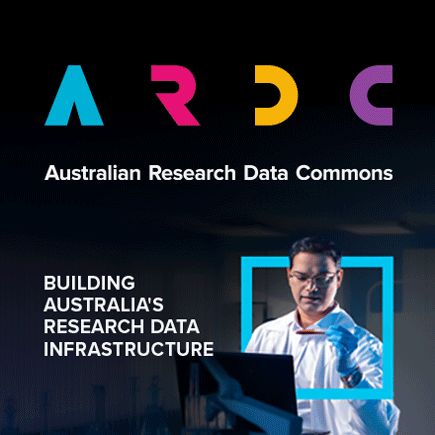Full description
Over the last five years our multidisciplinary team has developed world-leading X-ray imaging and computed tomography technology for the measurement of the patterns of regional lung function. This development represents a major breakthrough in the study of lung disease, as we are the first and only team with the capability to measure structural and regional lung function throughout the respiratory cycle. This technology combines phase contrast X-ray imaging, which uses X-rays from a semi-coherent radiation source, and our unique variant of the engineering technology of velocimetry. Detailed measurement of motion allows the calculation of high-resolution regional maps of airflow as well as lung resistance and compliance at each stage of a breath. We can uniquely obtain pulmonary function measures (normally measured at the mouth and averaged over the entire lung) at every location within the lung. This collection contains tomography, tissue motion, and lung function images from a variety of experiments with small animals under a number of pathological conditions and breathing states, including asthma, neonatal ventilation,cystic fibrosis, congenital diaphragmatic hernia, and emphysema. This unique information can improve understanding of lung disease, potentially leading to novel diagnostic and therapeutic technologies.Significance statement
Our ability to reduce the burden of lung disease is critically limited by our incapacity to image dynamic processes at the heart of those diseases. This collection is unique in that it brings completely new capabilities to overcome this shortcoming and hence form new perspectives on several important medical problems that each result in changes in respiratory motion and function, including asthma, neonatal ventilation, cystic fibrosis, congenital diaphragmatic hernia, and emphysema. The collection contains data generated from a number of collaborations with Australian and International researchers. This data has been generated by our unique imaging and image processing technology. The collection contains high resolution 4D computed tomography images, respiratory motion images, and regional airflow data in small animals under a variety of disease and ventilatory states. With such data at hand, new tools and analyses are possible, such as regional measures of resistance and compliance, volume-time data not just for the whole lung as is currently utilised in the clinic, but for any airway. The ability to store and share this data with our collaborators will allow interpretation of this unique information by experts in different diseases, allowing new understanding of the functional consequences of various diseases, and potentially new techniques for diagnosis and treatment of these diseases.Created: 2013 to 2014
Data time period: 2009 to 2013
Spatial Coverage And Location
iso3166: AU
Subjects
Cardiorespiratory Medicine and Haematology |
Computed tomography |
Lung function |
Medical and Health Sciences |
Medical Physics |
Other Physical Sciences |
Physical Sciences |
Respiratory Diseases |
Respiratory motion |
Tissue motion |
Velocimetry |
X-ray imaging |
User Contributed Tags
Login to tag this record with meaningful keywords to make it easier to discover
Identifiers
- Handle : 1959.1/1143937



